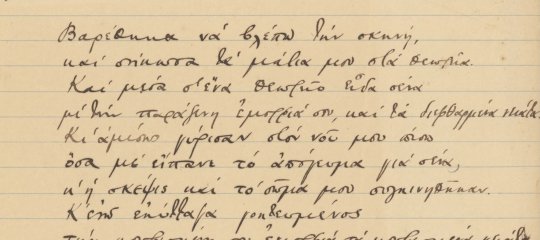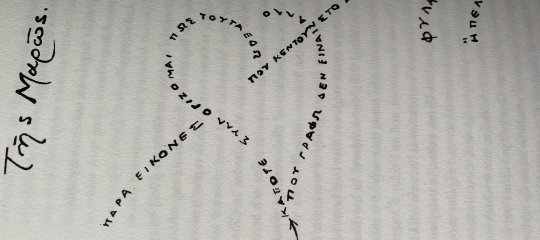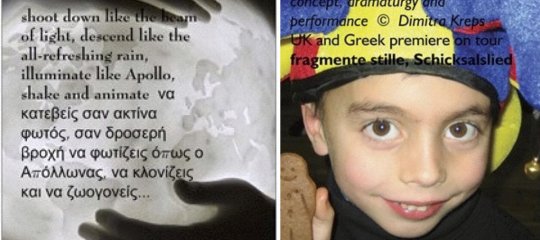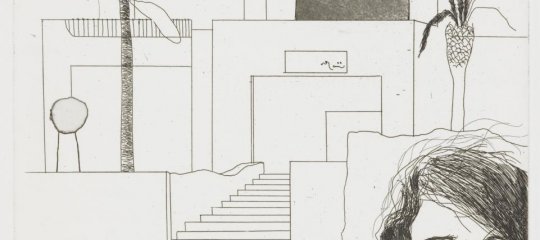Άσκηση για την παραγωγή γραπτού λόγου
Στο υλικό των ασκήσεων για τη διδασκαλία της ελληνικής ως ξένης προσθέσαμε μία ακόμη άσκηση που αφορά στη δεξιότητα της παραγωγής γραπτού λόγου. Πιο συγκεκριμένα, η άσκηση για τα "οργανωμένα πακέτα εκδρομών" εστιάζεται στην εμπέδωση από το μαθητή των συνδετικών λέξεων ή φράσεων που χρησιμοποιούμε στη διάρθρωση τόσο του γραπτού όσο και του προφορικού λόγου. Στην άσκηση, ζητάμε από το μαθητή να προχωρήσει στη σωστή διάρθρωση του κειμένου με βάση αυτές ακριβώς τις λέξεις-φράσεις που πρέπει να εντοπίσει αλλά και να χρησιμοποιήσει ανάλογα για να ανταποκριθεί. Θα μπορούσε κάποιος εδώ να παρατηρήσει πως η άσκηση αφορά και κατανόηση γραπτού λόγου αλλά ωστόσο προκρίνουμε την παραγωγή αυτών των λέξεων σε γραπτό λόγο. Αυτός είναι και ο λόγος που ζητάμε από το μαθητή να προσθέσει μια αρχική και μια τελική παράγραφο: να περάσει στην παραγωγή γραπτού λόγου έστω κι αν δεν χρειαστεί να χρησιμοποιήσει κάποιες από τις λέξεις που αποτελούν το σημείο αναφοράς της άσκησης. Αυτό γίνεται στην αμέσως επόμενη άσκηση (που θα προστεθεί μέσα στην εβδομάδα) όπου πρέπει να συμπληρωθεί πλέον το κείμενο με αυτές τις λέξεις. Όσο αφορά τώρα στον τρόπο που διδάσκουμε αυτό το αντικείμενο, θα δισκρίναμε δύο απλά στάδια. 1. Εντοπισμός του υλικού μέσα σε κείμενα που το αναδεικνύουν (διασκευασμένα για το σκοπό αυτό). 2. Ομαδοποίηση του υλικού σε πίνακα που ήδη έχουμε ετοιμάσει, όπου οι μαθητές καταγράφουν τις λέξεις-φράσεις του κειμένου και τις συμπληρώνουν με αντίστοιχες εναλλακτικές λέξεις-φράσεις (π.χ. [b]ωστόσο[/b], παρ' όλ' αυτά, από την άλλη...). Τέλος, πρέπει να παρατηρήσουμε πως αφού ολοκληρωθεί η ενότητα αυτή ένα σχετικά μικρό ποσοστό μόνο θα χρησιμοποιήσει αυτά που έμαθε. Η εφαρμογή των παραπάνω, όπως και κάθε ενότητας που διδάσκουμε και ελέγχουμε στη συνέχεια, απαιτεί επίμονη προσπάθεια στον τομέα της διόρθωσης του γραπτού λόγου. Η ανατροφοδότηση που δεχόμαστε πρέπει άμεσα να διοχετευτεί στους ίδιους τους μαθητές. Θα επιμείνουμε με άλλα λόγια και θα ζητήσουμε από το μαθητή, στο χρόνο που θα δώσουμε μέσα στην τάξη, να συμπληρώσει το κείμενό του με τις λέξεις που πρέπει ή και να το εμπλουτίσει εκεί που θα μπορούσε (αποφεύγοντας για παράδειγμα την επανάληψη του "επίσης" σε κάθε παράγραφο ή και πρόταση). Με άλλα λόγια, θα θέλαμε να κλείσουμε λέγοντας πως ασκήσεις σαν τη συγκεκριμένη που συζητάμε φέρνουν απλά σε επαφή το μαθητή με αυτό που επιλέγουμε. Η ανταπόκρισή του σ' αυτές δεν σημαίνει σε καμια περίπτωση πως η εικόνα αυτή θα μεταφερθεί και σε πιο "ουδέτερες" περιστάσεις όπου απλά το ζητούμενο θα είναι η παραγωγή γραπτού λόγου. Περιμένουμε τη γνώμη σας. Το υλικό στο οποίο αναφέρεται ο Νίκος Αμβράζης στο κείμενο αυτό, είναι προσβάσιμο μόνο αν είστε συνδεδεμένοι ως μέλη, όπως άλλωστε και όλα τα αρχεία που ανήκουν στην ενότητα "Λήψη Αρχείων". Αφού λοιπόν συνδεθείτε ως μέλη, επιλέξτε Λήψη Αρχείων -> Υποστηρικτικό Υλικό - > η ελληνική ως ξένη -> παραγωγή γραπτού ή δοκιμάστε να συνδεθείτε επιλέγοντας http://www.komvos.edu.gr/fryktories/modules.php?name=Downloads&d_op=view...
- Εισέλθετε στο σύστημα για να υποβάλετε σχόλια










